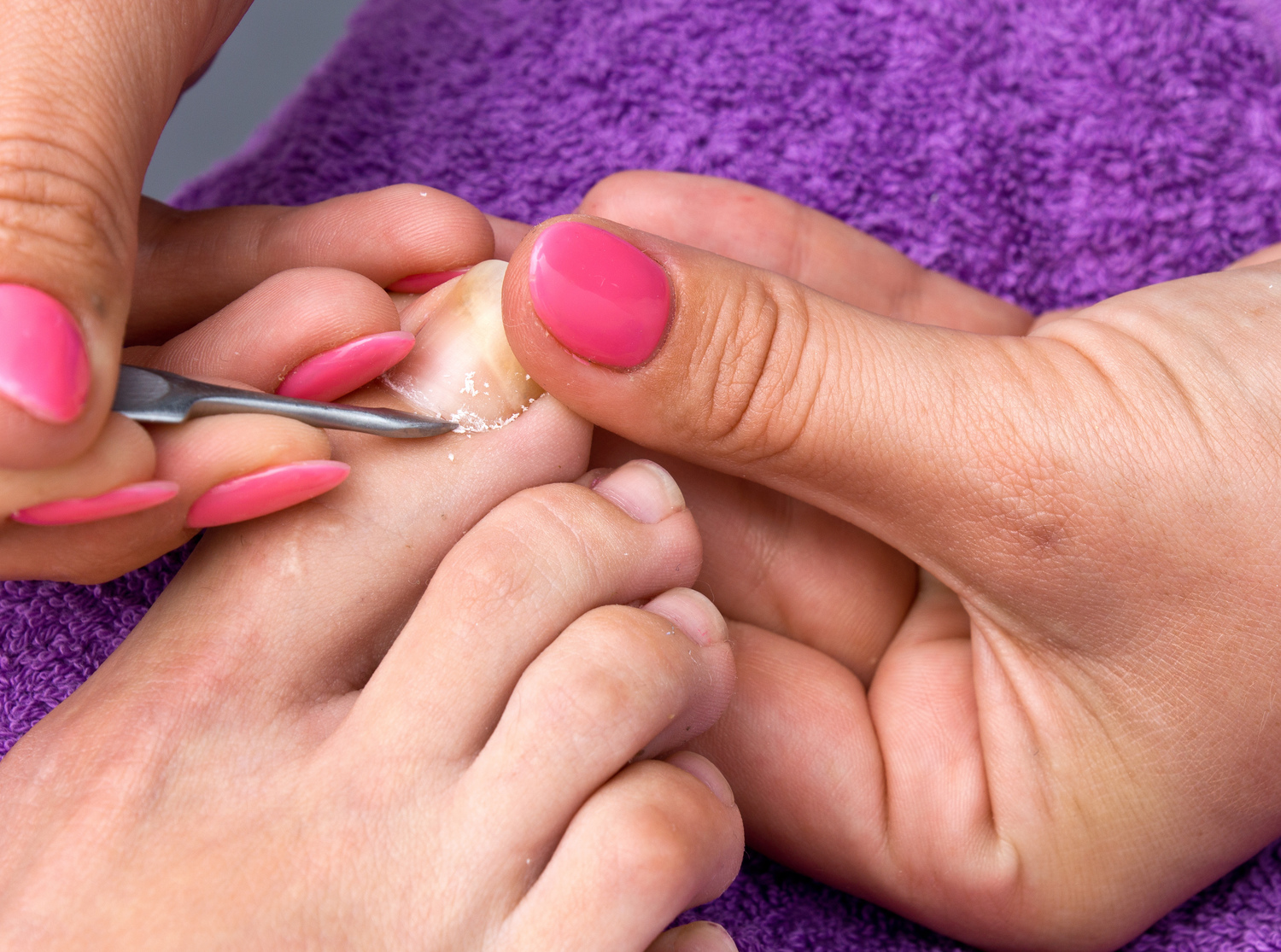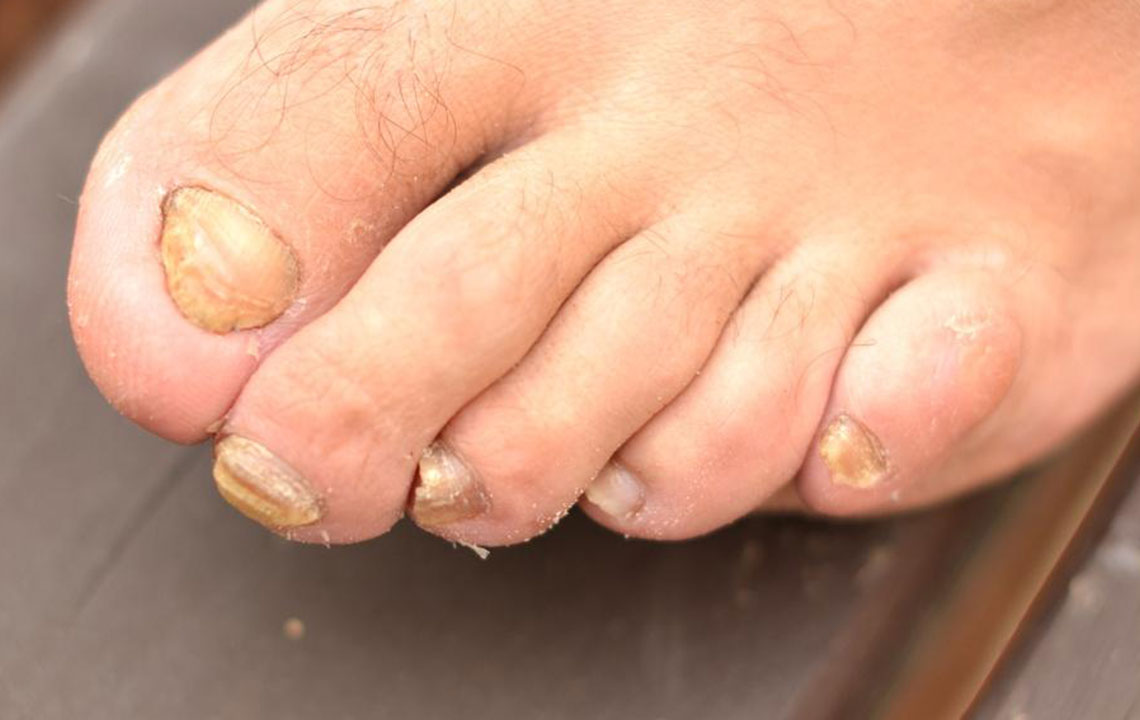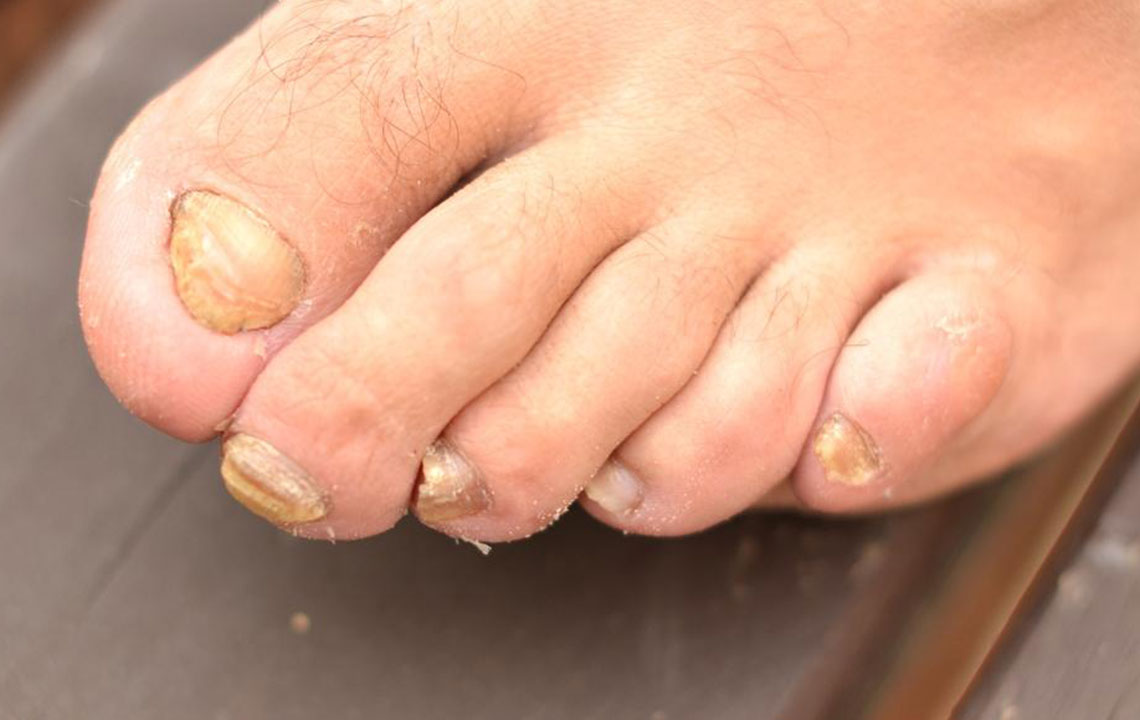Comprehensive Guide to Treating Toenail Fungus with Hydrogen Peroxide
This comprehensive guide explores proven methods for treating toenail fungus with hydrogen peroxide. It discusses effective home remedies including foot soaks, vinegar and hydrogen peroxide mixtures, and baking soda blends. The article emphasizes the importance of consistency, safety precautions, and patience in managing fungal infections. By understanding how hydrogen peroxide works and following proper procedures, individuals can improve nail health, reduce discomfort, and prevent recurrence. This detailed overview aims to help readers effectively combat toenail fungus from the comfort of their homes.

Proven Methods for Eliminating Toenail Fungal Infections Using Hydrogen Peroxide
Toenail fungal infections, medically known as onychomycosis, are common conditions that can be bothersome, unsightly, and sometimes painful. They often start as small yellowish or white spots under the nail, gradually spreading and thickening if left untreated. Managing this condition can be challenging, especially since it tends to recur and requires persistent care. Among various home-based remedies, hydrogen peroxide has gained popularity as an accessible and cost-effective option for combating toenail fungus.
Why is hydrogen peroxide an effective treatment option for toenail fungus?
Hydrogen peroxide, a familiar household disinfectant, boasts potent antimicrobial properties. Its chemical structure allows it to release oxygen when applied to infected areas, creating an inhospitable environment for fungi and bacteria. This oxidative action helps kill fungal spores and prevents further spread. Additionally, hydrogen peroxide's antiseptic qualities promote healthier, clearer nails by disinfecting the affected area and encouraging nail regeneration.
Consistent application of hydrogen peroxide over a period of weeks or months can significantly improve the appearance of toenails, alleviate discomfort, and work towards full recovery. While scientific research on hydrogen peroxide's antifungal efficacy is somewhat limited, many individuals have reported positive outcomes when using it as part of their home care routine. It’s important to approach treatment with patience and regularity for the best results.
Here are some common, effective methods for treating toenail fungus with hydrogen peroxide:
Foot soaks in hydrogen peroxide solution
Prepare a mixture of 3% hydrogen peroxide and distilled or sterile water in a plastic basin. Fully immerse your infected toes in the solution for approximately 30 minutes. After soaking, dry your toenails thoroughly with a clean towel or tissue. Repeating this process once daily can help diminish fungal presence. Consistency is crucial, and it may take several weeks before noticeable improvements appear.
Understanding why this method is effective
Soaking nails in hydrogen peroxide increases oxygen levels in the affected area, creating an environment unfavorable to fungal growth. The oxidative properties of hydrogen peroxide help break down fungal cell walls, ultimately leading to their destruction.
Combination of vinegar and hydrogen peroxide treatments
Mix equal parts of distilled water, 3% hydrogen peroxide, and vinegar (either white vinegar or apple cider vinegar) in a clean container. Soak the affected nails in this solution for about 10 minutes. Alternating daily between hydrogen peroxide and vinegar treatments can enhance fungus elimination. Vinegar's acidity helps restore the natural pH balance of nails and skin, discouraging further fungal proliferation.
Apple cider vinegar has natural anti-inflammatory properties and can reduce swelling, pain, and itching caused by infection. Regular use helps restore healthier nail growth and prevents recurrence. It’s essential to continue treatment daily until the fungal infection is completely resolved, which may take several weeks to months depending on the severity.
Baking soda and hydrogen peroxide blend
To create an antifungal soak, mix half a cup of baking soda, Epsom salt, 4 cups of warm water, ¼ cup of vinegar, and one cup of 3% hydrogen peroxide in a plastic tub. Soak the affected toes for 10 minutes, then dry thoroughly. Baking soda’s natural antifungal properties help inhibit fungal growth and restore pH balance, supporting healthy nail regeneration.
Potential side effects and precautions
Although hydrogen peroxide is generally safe for topical use, overuse or high concentrations can cause skin irritation, redness, stinging, or dryness. Some individuals may experience peeling or cracking of the skin around the nails. To minimize adverse effects, use solutions with lower hydrogen peroxide concentrations (less than 2%) or dilute the solution further. If irritation persists or worsens, consult a healthcare professional for proper guidance.
While toenail fungus is not typically dangerous to overall health, it can lead to nail deformation, thickening, and discomfort. Regular foot hygiene, proper nail care, and consistent application of antifungal remedies like hydrogen peroxide can significantly improve nail health and appearance. Remember, patience and dedication are key components in successful fungal treatment.





